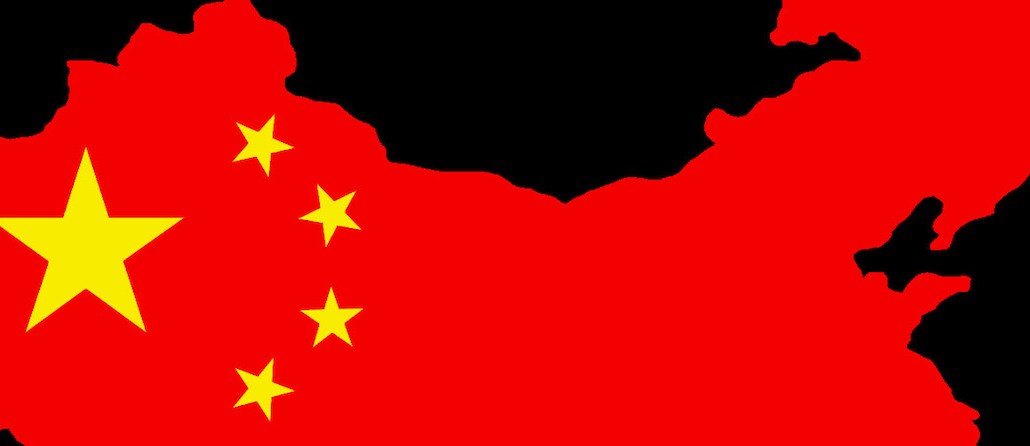
For media companies in the U.S. that want to run programmatic, it is a no-brainer to work with supply-side platforms, which help publishers open their inventory to as many ad buyers as possible. But the landscape is different in China, where publishers rarely turn to third-party SSPs to sell ad spaces.
This is because the majority of publishers over there – both big and small – tend to build their own ad exchanges that serve as de facto SSPs. The technologies between an ad exchange and an SSP are very similar. But Western publishers typically plug in multiple ad exchanges through different SSPs, as opposed to working with just one ad exchange.
Almost every one of the top 50 publishers in China have built their own ad exchange and the top 10 even have developed their own demand-side platform, according to Charlie Wang, chief operating officer for video ad tech firm ReachMax, headquartered in Beijing.
“This is mainly due to publisher control. China is a seller’s market that is dominated by publishers versus the U.S. which is a buyer’s market,” said Wang. “If a publisher wants to maximize its inventory, it makes sense to build a full stack.”

In China, publishers still sell most of their inventory through direct relationships with advertisers and put remnant inventory on their ad exchange, according to people interviewed for this article. Many big media companies like YouKu are owned by Baidu, Alibaba and Tencent so they usually sell inventory in those tech giants’ own ad systems, which function similarly to Facebook Audience Network.
“Baidu, Tencent and Qihoo 360 have their own protocols and they are not on open real-time bidding ad exchanges,” said Si Shen, CEO of Papaya Mobile, a China-listed mobile tech company. “None of them have their mobile traffic on SSPs.”
Ad position: web_incontent_pos1
Independent small-to-medium-sized publishers, on the other hand, can either sell inventory through their own ad exchange if they have one, or by connecting with Baidu’s or Alibaba’s ad exchange, or Google’s AdSense.
“The technology is more mature in the U.S.,” Wang noted. “Chinese publishers’ tech stack is customized because there is not much open source that they can use, but it serves the basic purposes of an ad exchange.”
SSPs aside, the demand side of the ad tech business in China is also competitive. Since some publishers have their own DSP, they usually prioritize their own over other third-party DSPs in the bidding process.
“Overall, lots of DSPs in China make money from media fees rather than transparent technology fees,” said a Chinese ad tech executive. “It really depends on how much markup you are willing to sacrifice — it’s very much about networking.”
Ronen Mense, vp of Asia for mobile app measurement firm AppsFlyer, added that some programmatic companies in China also provide tracking tools and selling data like data management platforms, meaning that they grade their own homework, which could be problematic.
Ad position: web_incontent_pos2
“It’s not necessarily a wrong thing as nothing is illegal here. It’s just a China way,” said Mense. “This is how the market is evolving.”
More in Media

NewFronts Briefing: Samsung, Condé Nast, Roku focus presentations on new ad formats and category-specific inventory
Day two of IAB’s NewFronts featured presentations from Samsung, Condé Nast and Roku, highlighting new partnerships, ad formats and inventory, as well as new AI capabilities.

The Athletic to raise ad prices as it paces to hit 3 million newsletter subscribers
The New York Times’ sports site The Athletic is about to hit 3 million total newsletter subscribers. It plans to raise ad prices as as a result of this nearly 20% year over year increase.

NewFronts Briefing: Google, Vizio and news publishers pitch marketers with new ad offerings and range of content categories
Day one of the 2024 IAB NewFronts featured presentations from Google and Vizio, as well as a spotlight on news publishers.
Ad position: web_bfu





